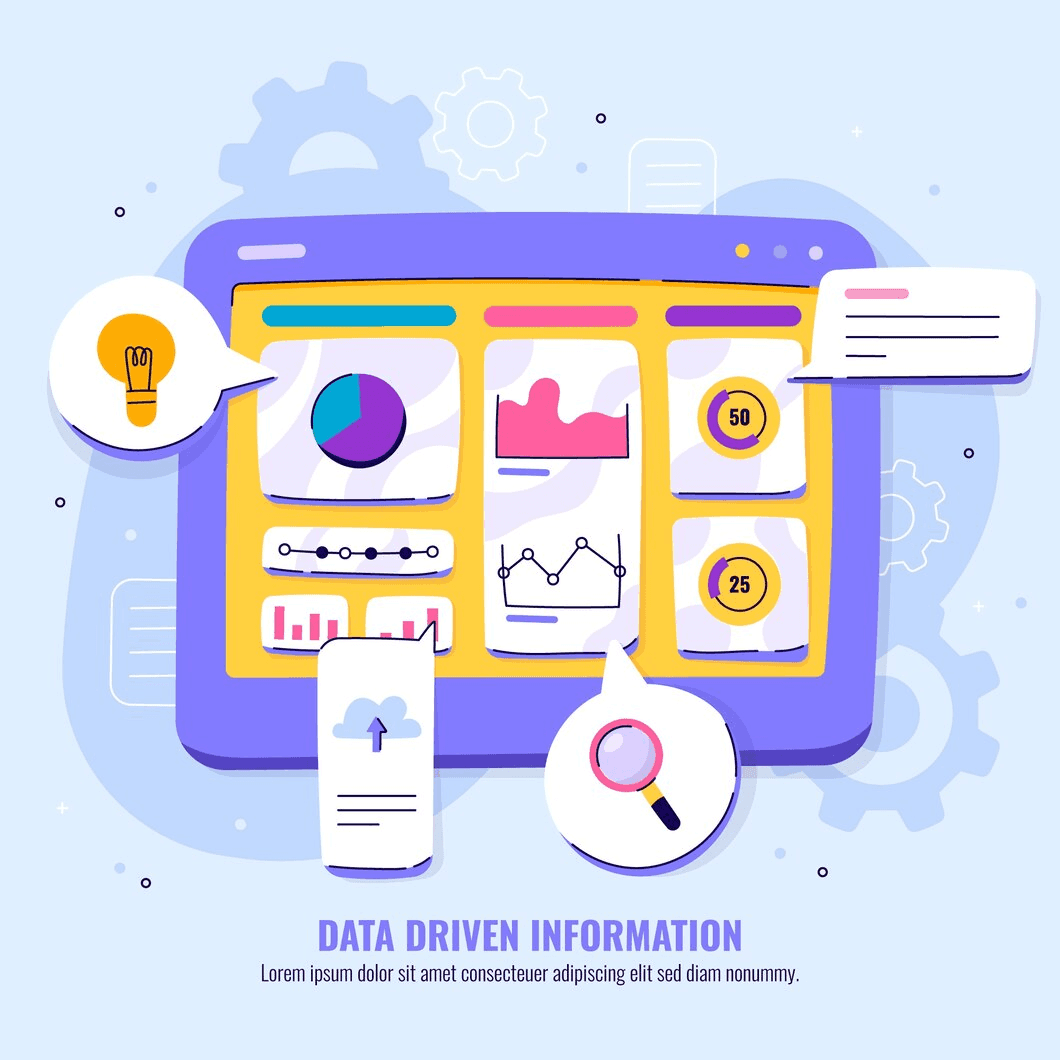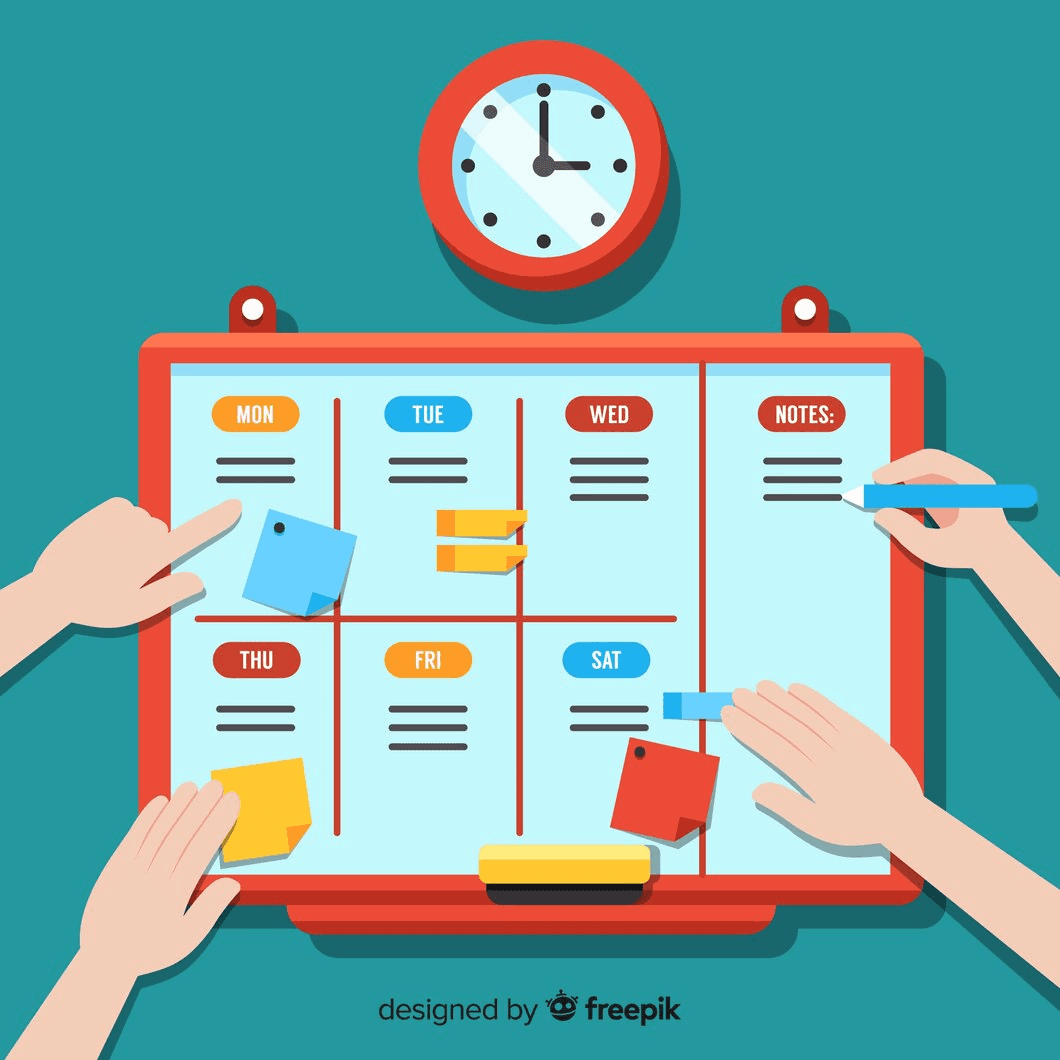Managing multiple projects without a dedicated project manager leads to disorganization, missed deadlines, and communication gaps. For solo professionals or small teams, these hurdles create a constant balancing act between responsibilities and priorities.
As tasks pile up and time grows tighter, it becomes increasingly difficult to maintain control, often leaving them wondering how to manage it all efficiently.
Luckily, there is a way out of this maze—though you’ll need to read on to uncover it. What if a simple solution could untangle this chaos without adding another layer of complexity? Curious yet?
Well, let’s see how some features could make that dream a reality—no magic required!
Key Features of Project Management Tools for Small Teams
For small teams or professionals handling multiple projects, the core features of a task management tool should be centered around efficiency, flexibility, and clarity. Task tracking and prioritization are paramount.
A good tool provides a centralized dashboard where every task can be monitored in real-time, helping professionals stay organized and ensuring no task is overlooked. It also allows users to manage tasks according to their urgency and importance, prioritizing work with intuitive visual cues such as color-coded labels or customizable task lists.
Task delegation is another key feature that eliminates the need for a project manager. When a tool provides options to assign tasks to individuals, set deadlines, and track progress, it simplifies the delegation process.
This feature ensures accountability without the added complexity of overseeing every task manually. Professionals need to look for tools that enable them to break large projects into smaller, manageable chunks and allocate specific responsibilities, which prevents project overwhelm and keeps team members focused on what’s most important.
Streamlining Task Delegation and Managing Multiple Deadlines
In the absence of a project manager, professionals must assume the responsibility of organizing and assigning tasks, a feat that can quickly become chaotic. Project management tools with robust task delegation features help structure workflows and prevent confusion.
By allowing users to assign tasks to specific team members, set priorities, and monitor completion progress, these tools ensure everyone knows their responsibilities and deadlines. Advanced features like task dependencies ensure that one task’s completion triggers the next, further reducing the potential for bottlenecks.
When managing multiple deadlines, simplicity and clarity are critical. Affordable task management tools offer deadline-tracking features that highlight approaching due dates and allow for easy adjustments.
Real-time updates and automatic reminders ensure that team members remain focused on their tasks, reducing the chances of missing a deadline. The ability to visualize the entire timeline of a project, from start to finish, enables professionals to allocate their time and resources more effectively, ensuring that each task aligns with the overall project schedule.
Enhancing Organization Across Projects
Organization is the backbone of efficient project management. Without it, even the smallest projects can spiral into disarray. Task management tools provide users with customizable views that allow them to organize tasks across multiple projects with ease.
The ability to create and modify task lists, add due dates, and assign team members ensures that everyone is aligned, regardless of the number of projects being managed simultaneously. Customizable dashboards allow professionals to focus on high-priority tasks while ensuring that less urgent tasks are not neglected.
An organized workflow also depends on clear categorization. Task management tools should allow users to group tasks by project, client, or team member, making it easier to focus on specific aspects of the workload at any given time.
Filters, labels, and customizable tags further enhance organization by helping professionals quickly locate tasks or projects with similar characteristics. When managing multiple clients or projects with varying requirements, this level of organization is not just helpful but essential.
Collaboration Across Disciplines
Collaboration is often a complex aspect of project management, particularly when working with professionals from different disciplines, such as designers, marketers, or developers. Project management tools are designed to enhance collaboration by providing a centralized space for all team members to interact.
Whether it’s sharing files, leaving comments, or tracking feedback, these tools ensure that communication flows seamlessly between different parts of the project. Real-time updates mean that every change, no matter how small, is visible to everyone involved, ensuring full transparency and quick adaptation to changes.
To further improve cross-disciplinary collaboration, look for tools that integrate with other platforms and software already in use by team members. Whether it’s integrating with design tools, communication apps, or data tracking platforms, these integrations eliminate the need to switch between multiple programs, streamlining the workflow.
The ability to collaborate within one tool rather than spreading communication across several channels saves time and reduces the risk of missed messages or misunderstandings.
Simplifying Communication Without Overloading the Workflow
Effective communication is essential to any successful project. However, when managing multiple tasks and projects, communication can easily become overwhelming. Project management tools simplify this by centralizing communication within the platform.
Built-in messaging features allow team members to communicate directly within the tool, keeping all project-related conversations in one place. This eliminates the need to sift through long email chains or multiple messaging apps to find important discussions.
Moreover, the best project management tools include notification systems that alert team members to new updates, task assignments, or changes in real-time. This ensures that no message or update is missed, fostering a culture of accountability and responsiveness.
By streamlining communication and making it accessible within the same platform, task management tools prevent the information overload that often accompanies busy projects and reduce the friction that can arise from juggling multiple communication channels.
Managing Complexity Without Losing Simplicity
One of the greatest challenges in project management is balancing complexity with simplicity. A tool that is too complex can overwhelm users and lead to decreased productivity, while one that is too simple may not provide the necessary features to manage complex projects.
The right task management tool strikes a balance by offering powerful features without overwhelming the user with unnecessary options. Look for tools that offer customizable workflows, allowing you to adapt the system to your specific needs.
Whether it’s creating custom task statuses, adding new project categories, or adjusting notification preferences, this level of customization ensures the tool remains flexible while providing all the necessary functions.
However, customization should not come at the cost of ease of use. The interface should be intuitive enough for users to quickly navigate and perform tasks without extensive training or confusion.
Reducing Administrative Burden
Managing a project involves a significant amount of administrative work—scheduling meetings, updating task statuses, and tracking progress—all of which can eat up valuable time. Affordable project management tools reduce this burden through automation.
With features like task creation, deadline reminders, and progress updates happening automatically, these tools minimize the need for manual input. This automation not only saves time but also ensures accuracy, as tasks and deadlines are automatically tracked.
The less time spent on administrative tasks, the more time professionals have to focus on their actual work. Automated systems also reduce human error, ensuring that project timelines are followed and task statuses are updated without delays.
Professionals who rely on these features find themselves more productive, as the tool handles much of the grunt work that would otherwise be time-consuming and prone to mistakes.
Task and Resource Allocation Without a Formal Project Manager
Resource allocation is a critical function of project management, and without a dedicated project manager, it becomes the responsibility of the team members or business owners to ensure resources are used effectively.
A project management tool with robust resource management features provides a clear view of team members’ workloads, helping professionals allocate tasks based on availability and skill sets. Task dependencies also play a key role here, ensuring that resources are appropriately aligned to avoid bottlenecks.
These tools also allow users to visualize workloads across multiple projects, providing insights into which team members are overburdened and which have availability. This visualization helps prevent burnout and ensures that resources are distributed efficiently.
Additionally, these features allow professionals to easily shift tasks as priorities change, maintaining flexibility while staying on track with project deadlines.
Supporting Decision-Making and Budget Adherence
For many professionals, managing budgets and making informed decisions are as important as managing tasks. Project management tools equipped with budget tracking features allow users to monitor expenses, allocate resources, and keep a close eye on the financial health of their projects.
By setting up budget constraints, users can track how much has been spent versus the budgeted amount, providing a clear overview of financial progress.
Time-tracking features are equally important for professionals who bill clients based on hourly rates or need to monitor time spent on each task. These tools provide insights into how much time is dedicated to different activities, helping professionals make more informed decisions about resource allocation and project timelines.
When tools offer clear data on time and budget, professionals can make more strategic decisions, ensuring both financial and operational efficiency.
Collaborating with Remote Teams and Freelancers
With the increasing reliance on remote work and freelancers, having a task management tool that supports collaboration across different locations and time zones is crucial. The right tool ensures that communication flows smoothly and that work progresses without delays, regardless of where team members are located.
Features such as time zone syncing, document sharing, and real-time updates are essential for keeping remote teams connected.
Additionally, access control and permissions are important when working with freelancers. The best project management tools offer granular control over who can view, edit, or comment on specific tasks or documents. This ensures sensitive information is protected while allowing freelancers to contribute effectively to the project.
Overcoming Pitfalls and Measuring Success
Even the best project management tools are not without their challenges. Common issues include tool complexity, poor customer support, or a lack of integration with other software.
To overcome these pitfalls, it’s essential to choose a tool that offers easy-to-use features, reliable support, and integration options with other systems. Having the right tool in place helps mitigate common obstacles and keeps projects on track.
To measure success, project management tools often provide reporting features that track metrics such as project completion rates, task progress, and budget adherence. These metrics offer valuable insights into how well a project is progressing and whether adjustments need to be made.
By consistently monitoring these metrics, professionals can ensure they remain on top of their work and continuously improve their project management strategies.
Conclusion
Affordable task management tools are essential for professionals managing multiple projects on their own or with small teams. These tools streamline tasks, simplify communication, and improve organizational efficiency.
The right features—task delegation, automation, collaboration, and resource management—help professionals stay organized and focused. Even without a dedicated project manager, they ensure smooth workflow and timely completion of tasks.
By leveraging these features, professionals can meet deadlines, adhere to budgets, and drive project success. The right tool doesn’t just reduce the administrative burden. It transforms how projects are managed, making complex workflows easier to navigate and execute.
Pinrom, priced at just $1 per user, offers an affordable solution for professionals looking to enhance productivity without breaking the bank.









